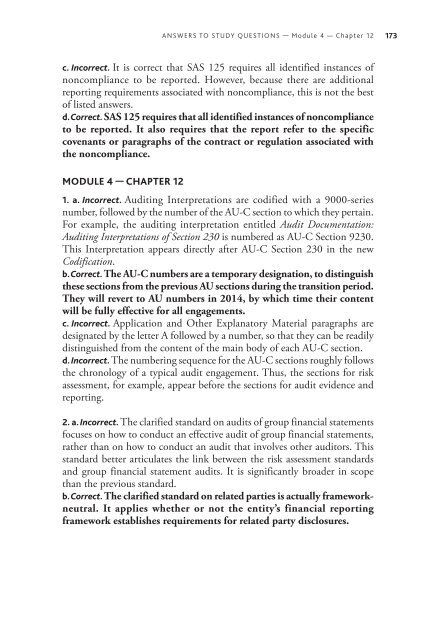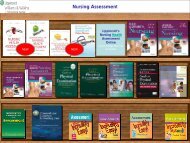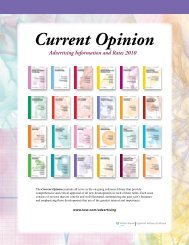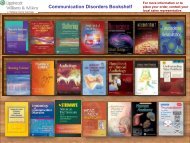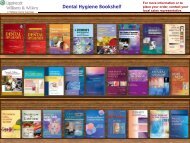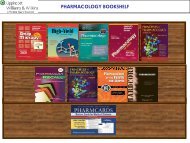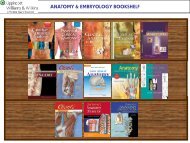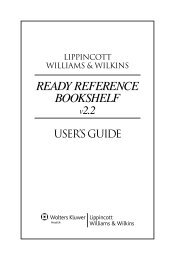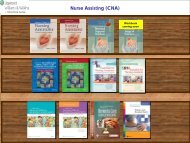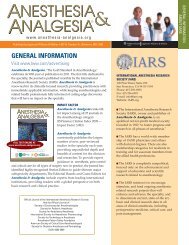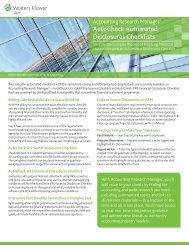TOP AUDITING ISSUES FOR 2013 - CCH
TOP AUDITING ISSUES FOR 2013 - CCH
TOP AUDITING ISSUES FOR 2013 - CCH
Create successful ePaper yourself
Turn your PDF publications into a flip-book with our unique Google optimized e-Paper software.
ANSWERS TO STUDY QUESTIONS — Module 4 — Chapter 12<br />
173<br />
c. Incorrect. It is correct that SAS 125 requires all identified instances of<br />
noncompliance to be reported. However, because there are additional<br />
reporting requirements associated with noncompliance, this is not the best<br />
of listed answers.<br />
d. Correct. SAS 125 requires that all identified instances of noncompliance<br />
to be reported. It also requires that the report refer to the specific<br />
covenants or paragraphs of the contract or regulation associated with<br />
the noncompliance.<br />
MODULE 4 — CHAPTER 12<br />
1. a. Incorrect. Auditing Interpretations are codified with a 9000-series<br />
number, followed by the number of the AU-C section to which they pertain.<br />
For example, the auditing interpretation entitled Audit Documentation:<br />
Auditing Interpretations of Section 230 is numbered as AU-C Section 9230.<br />
This Interpretation appears directly after AU-C Section 230 in the new<br />
Codification.<br />
b. Correct. The AU-C numbers are a temporary designation, to distinguish<br />
these sections from the previous AU sections during the transition period.<br />
They will revert to AU numbers in 2014, by which time their content<br />
will be fully effective for all engagements.<br />
c. Incorrect. Application and Other Explanatory Material paragraphs are<br />
designated by the letter A followed by a number, so that they can be readily<br />
distinguished from the content of the main body of each AU-C section.<br />
d. Incorrect. The numbering sequence for the AU-C sections roughly follows<br />
the chronology of a typical audit engagement. Thus, the sections for risk<br />
assessment, for example, appear before the sections for audit evidence and<br />
reporting.<br />
2. a. Incorrect. The clarified standard on audits of group financial statements<br />
focuses on how to conduct an effective audit of group financial statements,<br />
rather than on how to conduct an audit that involves other auditors. This<br />
standard better articulates the link between the risk assessment standards<br />
and group financial statement audits. It is significantly broader in scope<br />
than the previous standard.<br />
b. Correct. The clarified standard on related parties is actually frameworkneutral.<br />
It applies whether or not the entity’s financial reporting<br />
framework establishes requirements for related party disclosures.


